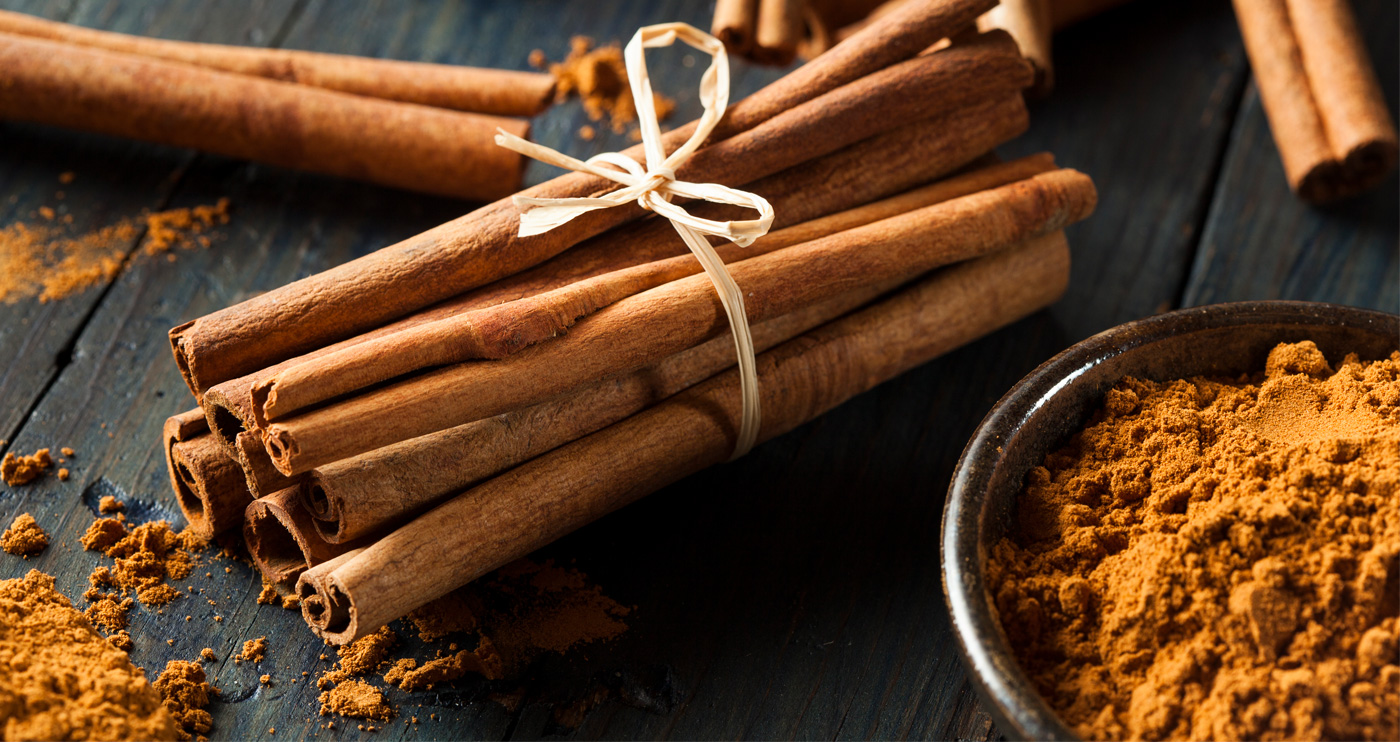
Believe it or not, your spice cabinet might contain a very powerful medicinal ally. Cinnamon is often touted as a wonder herb for several health conditions, including diabetes. Some claim that it can even help with weight loss. Is this true, and, if it is, how?
Cinnamon and Fat Cells
Research on mice has shown that cinnamaldehyde, one of the natural compounds in cinnamon, helped protect the animals against obesity and high blood sugar. Afterward, researchers at the University of Michigan performed a follow-up study on in vitro fat cells in order to try to figure out why. They took cultures of fat cells placed in petri dishes and treated them with cinnamaldehyde. Interestingly, the compound seemed to trigger the expression of genes related to enhanced fat breakdown. The cells also increased their production of enzymes and proteins related to fat loss.
Can Cinnamon Cause Weight Loss?
Despite these encouraging results, it’s important to understand how in vitro (in glass) studies work. They rely on cultures of specific cells and are able to provide a glimpse of how those cells work under certain conditions. These conditions don’t necessarily mimic the real world.
For example, in the in vitro study, scientists were able to apply cinnamaldehyde directly to the fat cells. Eating cinnamon forces the spice to undergo digestion, absorption by the intestines, and uptake by different cells all over the body, not just ferrying cinnamaldehyde directly to adipose tissue. There’s no guarantee that eating cinnamon is enough to cause the results the researchers observed in the fat cell cultures.
That said, cinnamon has multiple health benefits. It’s full of antioxidants and anti-inflammatory compounds, might reduce the risk of heart disease, and appears to increase insulin sensitivity. There are tons of reasons to eat cinnamon, and fat loss could be a helpful side benefit.
How to Use Cinnamon
There’s one big factor that might complicate eating cinnamon for fat loss. In the west, it’s typically used as an ingredient for high-calorie beverages and desserts. Cinnamon is a common “comfort food” flavor, and you’re likely to encounter it in lattes, cakes, cookies, and other things that aren’t exactly conducive to losing weight.
There’s also more than one kind of cinnamon. “True” cinnamon is called Ceylon cinnamon and comes from the Cinnamomum verum tree. It’s typically milder, sweeter, and more expensive. The most common type of cinnamon on the market is actually cassia cinnamon, from the Cinnamomum cassia (also named Cinnamomum aromaticum) tree. This is sharper, stronger, and less expensive. Cassia cinnamon’s stronger flavor is because almost all its essential oil consists of cinnamaldehyde, the compound investigated for its weight loss benefits. Unfortunately, cassia cinnamon also contains coumarin, which can be toxic in large doses. Ceylon cinnamon contains less cinnamaldehyde, but also has far less coumarin.
Adding Cinnamon to Your Diet
There are several healthy ways you can consume more cinnamon:
- Take Ceylon cinnamon in supplement form. This is helpful for people who don’t particularly care for the taste of cinnamon.
- Add either cassia or Ceylon cinnamon to smoothies. Add 1/4 teaspoon of the spice to a blend of leafy greens, low fat yogurt, and berries.
- Explore savory recipes that use cinnamon. Sautee a cinnamon stick in 1 tablespoon of olive oil until fragrant, then add two cups of chickpeas. Cook until the chickpeas are hot, then add chopped cilantro for a high-protein, high-fiber side dish.
- Add cinnamon to oatmeal. You can make either overnight oats or cook them on the stove or in a slow cooker. Avoid using instant oatmeal, since this often has a lot of added sugar and salt. Instead, prepare your plain oatmeal, then stir in cinnamon and fruit before eating.
- Make your own tea. Add some powdered cinnamon or chips of a cinnamon stick to your favorite tea blend (it’s delicious with black tea and dried apples). Avoid loading it up with cream and sugar afterward — enjoy it as-is, or with a small amount of stevia extract.
- If you have a sweet tooth, add cinnamon to a no-sugar-added peach crumble. Use ripe, sweet peaches and a homemade granola topping for a dish that’s delicious, satisfying, and loaded with vitamins, minerals, and fiber.
Cinnamon is a versatile spice that’s easy to add to your diet. While research into its weight loss benefits is still ongoing, there’s no reason not to try to eat more of it — it’s loaded with health benefits above and beyond just helping with fat loss. Explore new recipes, try Ceylon cinnamon in supplement form, or just add it to your current low-calorie favorites for a healthful, flavorful boost.